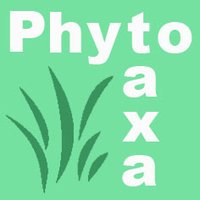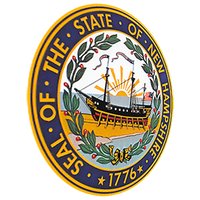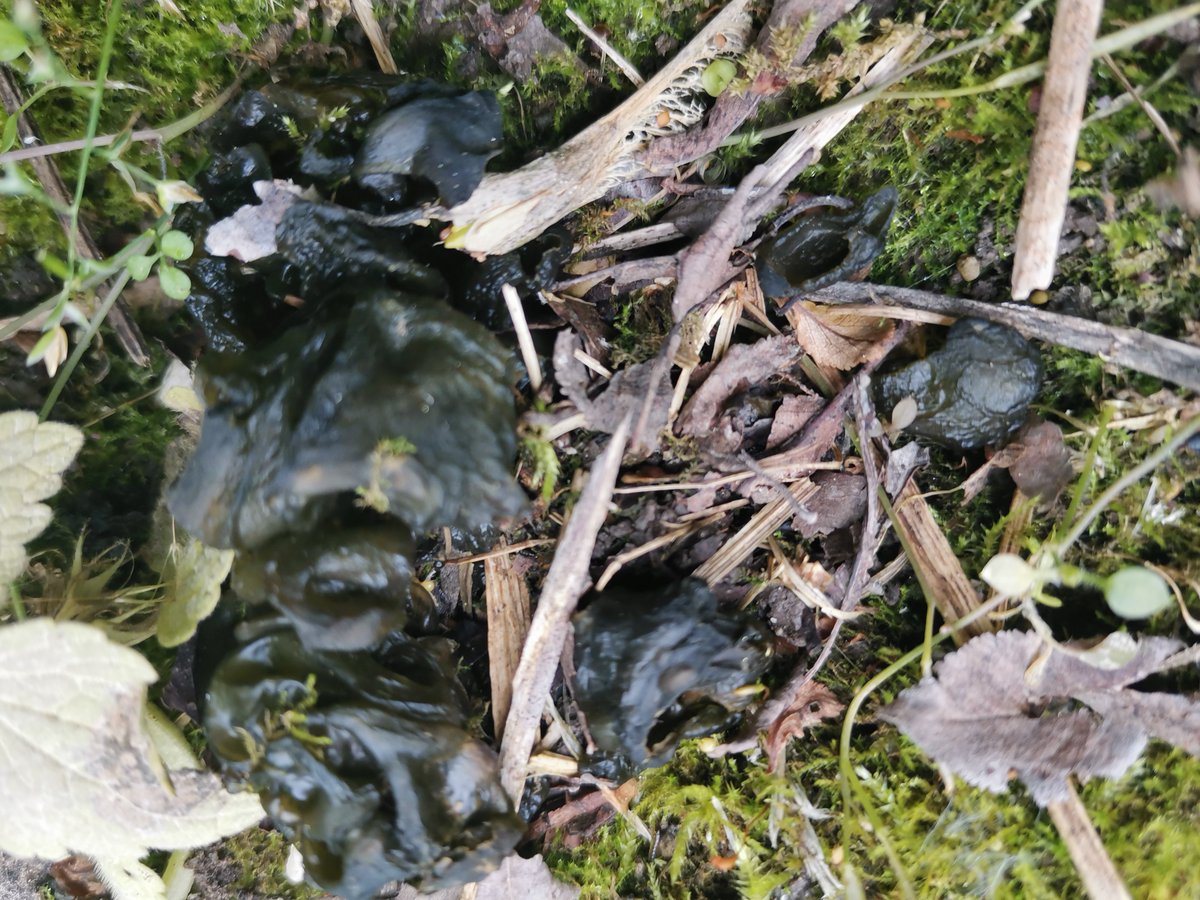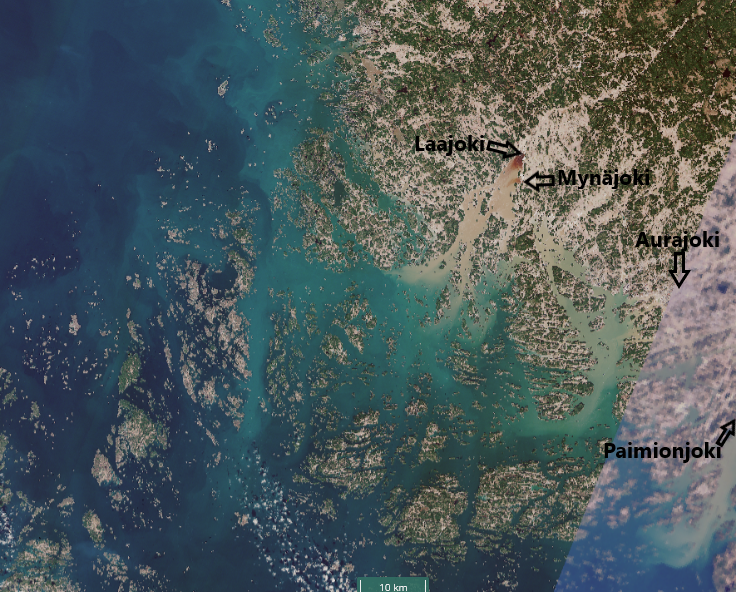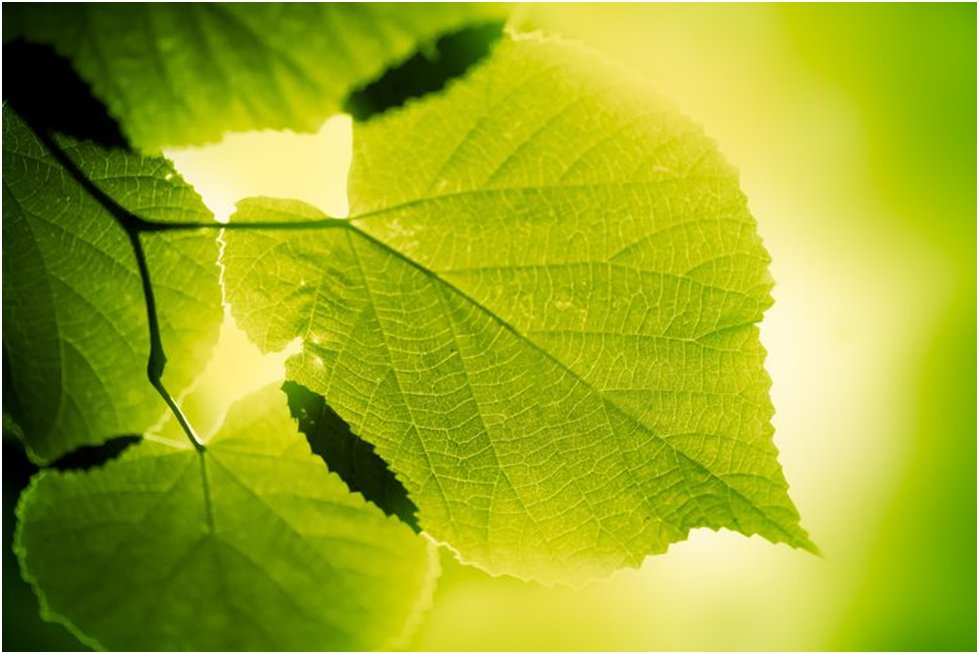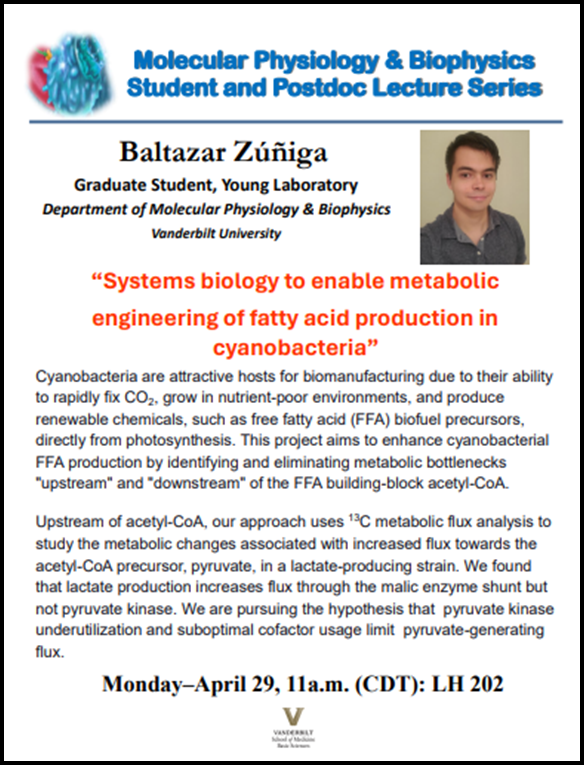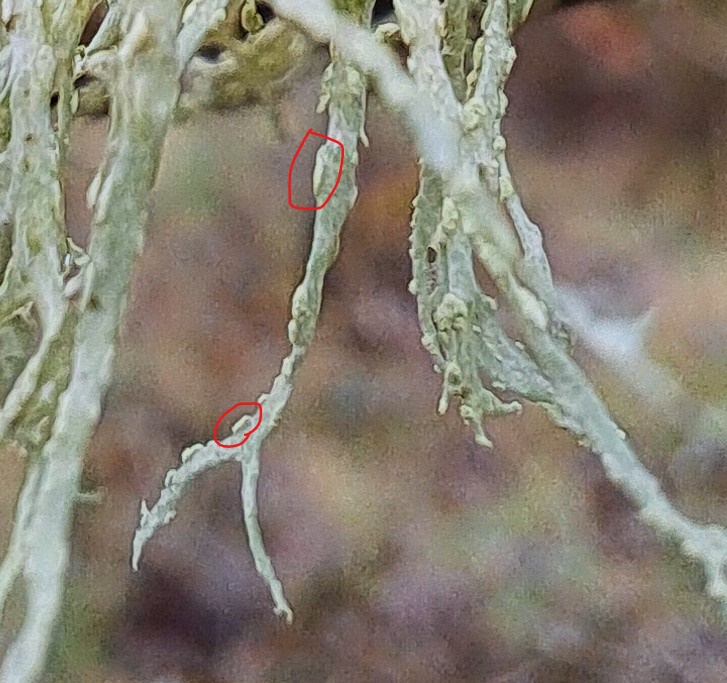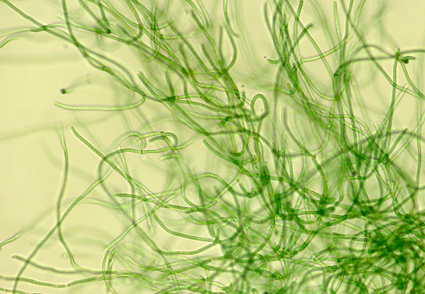



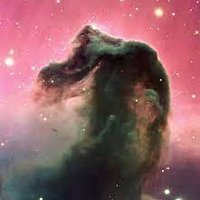
#astrobiology #NASA #ufotwitter #alien #comet #Esa
#ISRO #JAXA #microfossil #panspermia #meteorite #Polonnaruwa #morpology #cyanobacteria
European Planetary Science Congress 2014
Polonnaruwa meteorite – microfossil evidence for a cometary ecosystem
meetingorganizer.copernicus.org/EPSC2014/EPSC2…
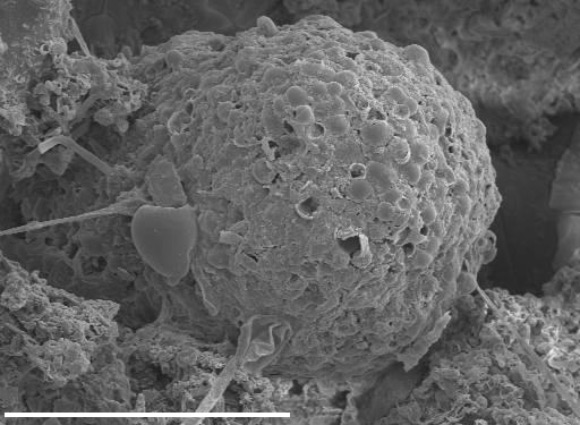
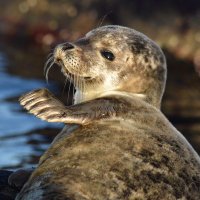



Does the composition of #cyanobacteria fluctuate daily in the water column of oligotrophic lakes?
Learn about the importance of multi-timepoint, multi-depth sampling in lake and reservoir monitoring programs to describe cyanobacteria community dynamics.
bit.ly/3Qjn39c
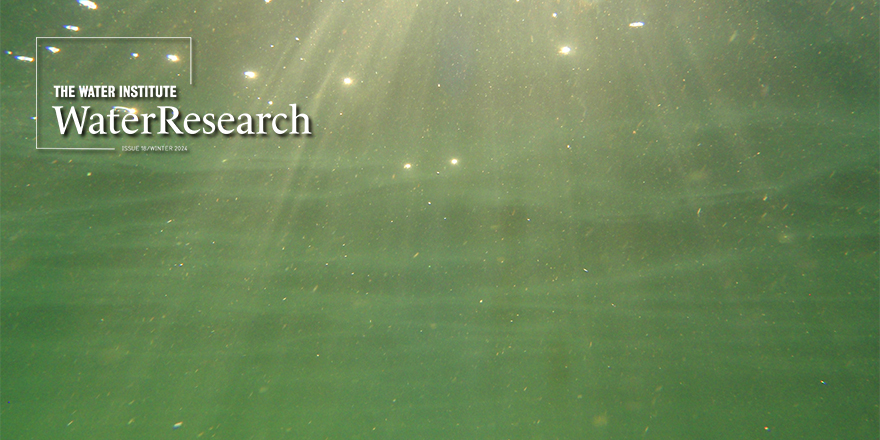
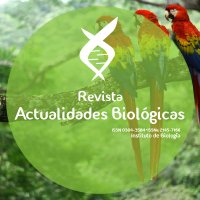
🌱💧 Exploring the potential of cyanobacteria and microalgae as biofertilizers! 🌿 This review discusses their role in sustainable agriculture and food security, highlighting their benefits for crop yield and quality. #Biofertilizers #SustainableAgriculture 🌾🔬
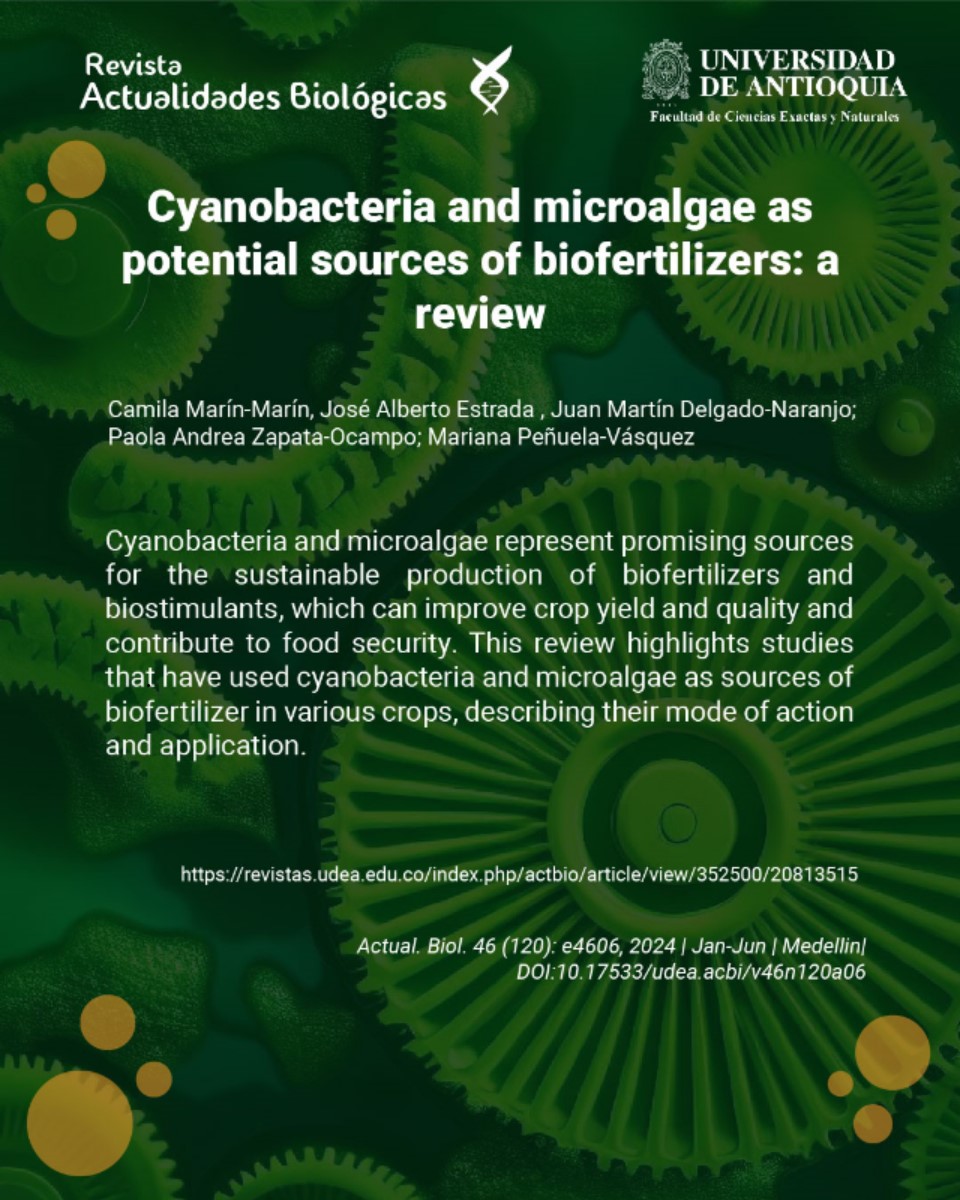
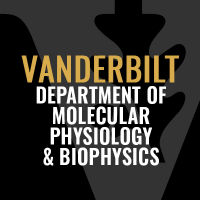

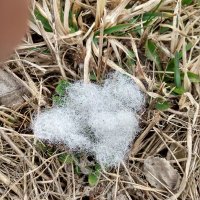

A Decades-Long Mystery – Discovery of “Nitroplast” Challenges Modern Textbooks dlvr.it/T66m7Y #Biology #Cyanobacteria #Evolution #UCSantaCruz


[ #Algology ] Morphological & molecular characterization of Goleter sp. (Nostocales, Nostocaceae) isolated from freshwater in 🇮🇷 ⤵️
✒ Bahareh NOWRUZI & Adriana Sturion LORENZI
🔗 cryptogamie.com/algologie/45/4
#Cyanobacteria #nostocales #freshwater #temperateclimate #nostocaceae #algae
![𝐏𝐮𝐛𝐥𝐢𝐜𝐚𝐭𝐢𝐨𝐧𝐬 𝐌𝐍𝐇𝐍 🐝 (@Publi_MNHN) on Twitter photo 2024-04-30 14:56:38 [#Algology] Morphological & molecular characterization of Goleter sp. (Nostocales, Nostocaceae) isolated from freshwater in 🇮🇷 ⤵️
✒ Bahareh NOWRUZI & Adriana Sturion LORENZI
🔗 cryptogamie.com/algologie/45/4
#Cyanobacteria #nostocales #freshwater #temperateclimate #nostocaceae #algae [#Algology] Morphological & molecular characterization of Goleter sp. (Nostocales, Nostocaceae) isolated from freshwater in 🇮🇷 ⤵️
✒ Bahareh NOWRUZI & Adriana Sturion LORENZI
🔗 cryptogamie.com/algologie/45/4
#Cyanobacteria #nostocales #freshwater #temperateclimate #nostocaceae #algae](https://pbs.twimg.com/media/GMa8mOaW0AAim4W.jpg)
